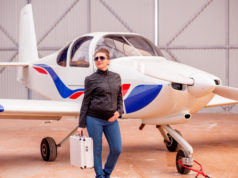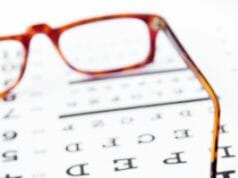
As a member of the cabin crew, huge demands may be placed on your body. Considering the workload, traveling between different time zones and the requirement to wear uniform shoes, it’s no surprise that many not only experience aches and pains typically in the back, legs and feet, but are also susceptible to industrial injuries.
Many of these aches and pains are not only exacerbated by the job itself and its uniform requirements, but are actually linked to the feet and how they move whilst walking. The below list details common issues experienced by crew and steps that can be taken to help deal with the issues.
SYMPTOM: Tired heavy legs after a long or busy flight
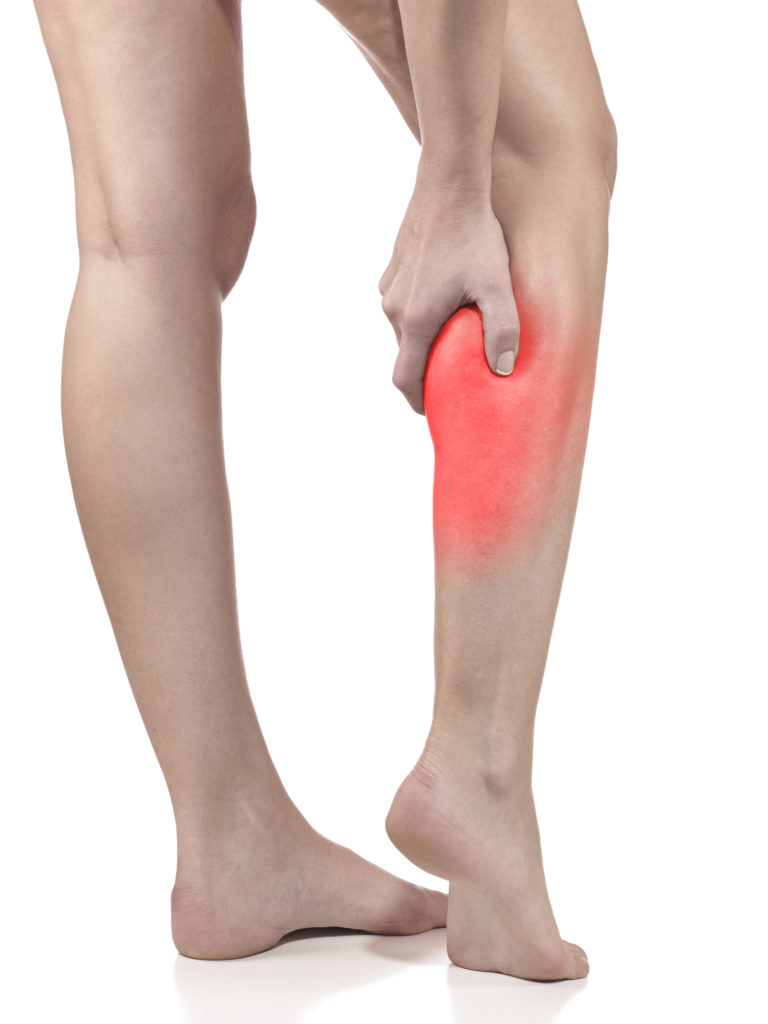
POSSIBLE DIAGNOSIS: Hypermobility (Excessive movement in the lower limbs)
HELPFUL SUGGESTIONS: -Wear good fitting, supportive shoes. -Avoid high heels. -Seek advice from an MSK (musculoskeletal) podiatrist to investigate the potential benefits of orthotics (medical insoles).
SYMPTOM: Pain at the back of the heel, maybe going up into the lower calf muscle.
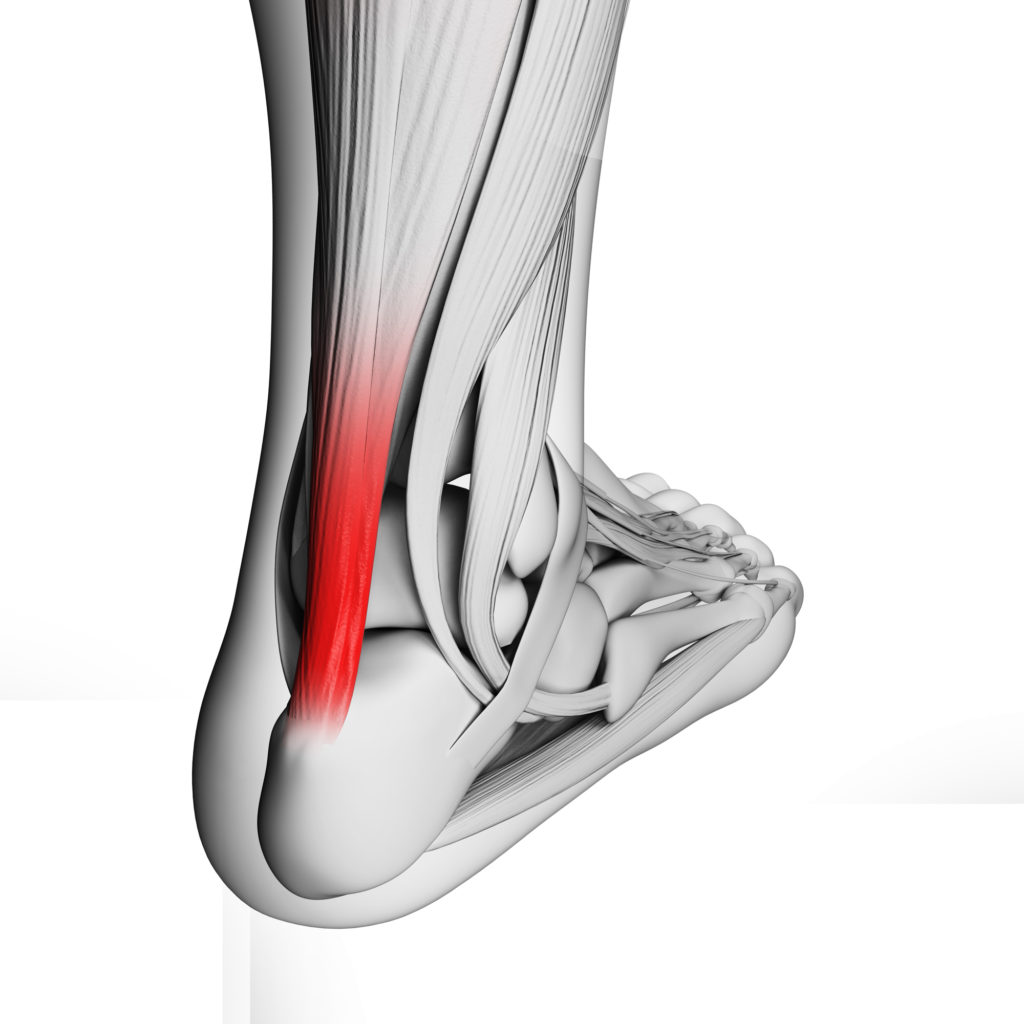
POSSIBLE DIAGNOSIS: Achilles tendonitis (Inflammation of the tendon as it inserts into the heel) Achilles tendinopathy (Inflammation of the tendon further up as it inserts into the calf muscle)
HELPFUL SUGGESTIONS: Wear shoes with a wedge. Do exercises advised by an MSK podiatrist or a physical therapist. FOR BOTH CONDITIONS: Seek advice from an MSK podiatrist about orthotics
SYMPTOM: Lumpy bit on skin – feels like you are walking on a stone
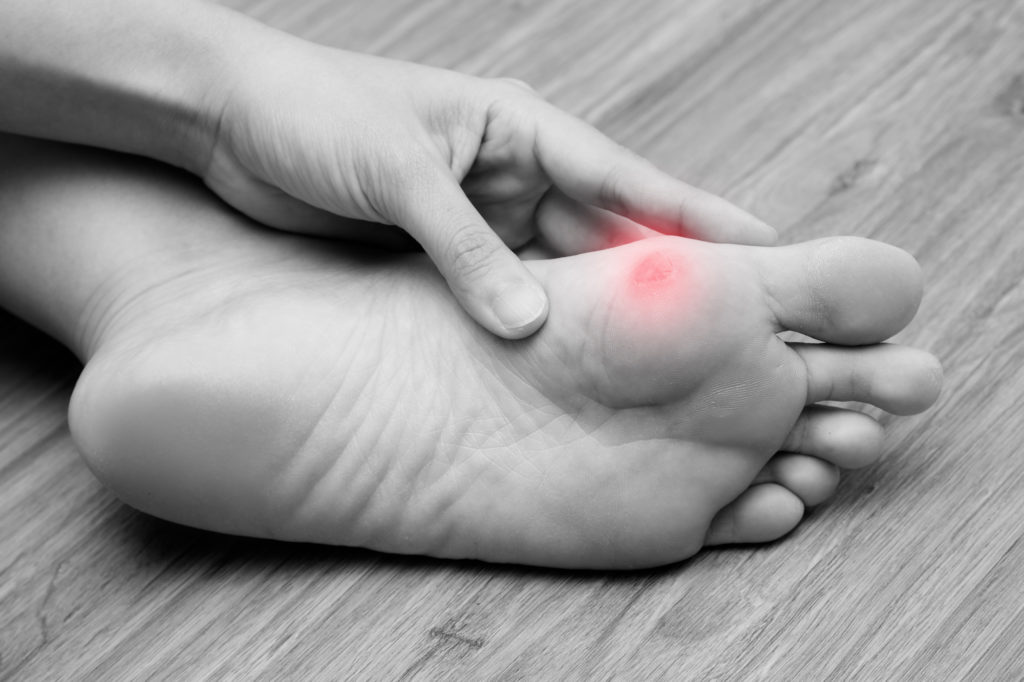
POSSIBLE DIAGNOSIS: Morton’s Neuroma (Thickening of the nerve between two metatarsals, the long bones in the foot.)
HELPFUL SUGGESTIONS: • Seek advice from an MSK podiatrist about getting orthotics. (Ignoring it will allow it to worsen, possibly resulting in surgery.)
SYMPTOM: Itchy skin between the toes or on the soles of the feet
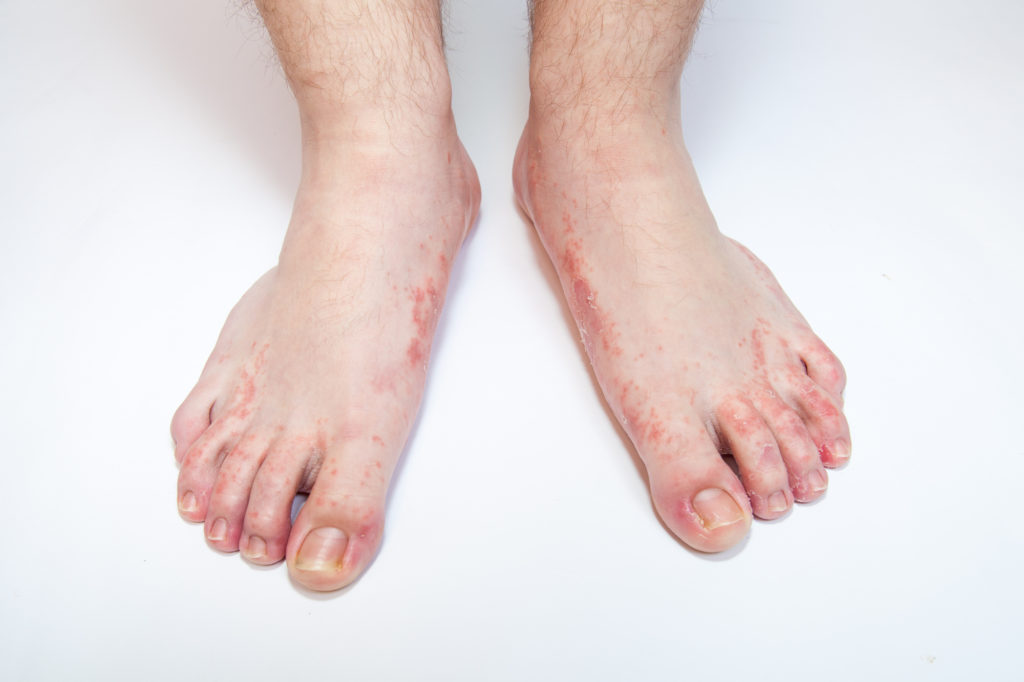
POSSIBLE DIAGNOSIS: Athlete’s Foot (Fungal infection, also called Tinea Pedis.)
HELPFUL SUGGESTIONS: Seek advice from a podiatrist. Get an anti-fungal treatment from your local drug store.
SYMPTOM: Pain at the heel on the sole of the foot extending up to the arch (worse in the morning when you get up or after prolonged periods of rest
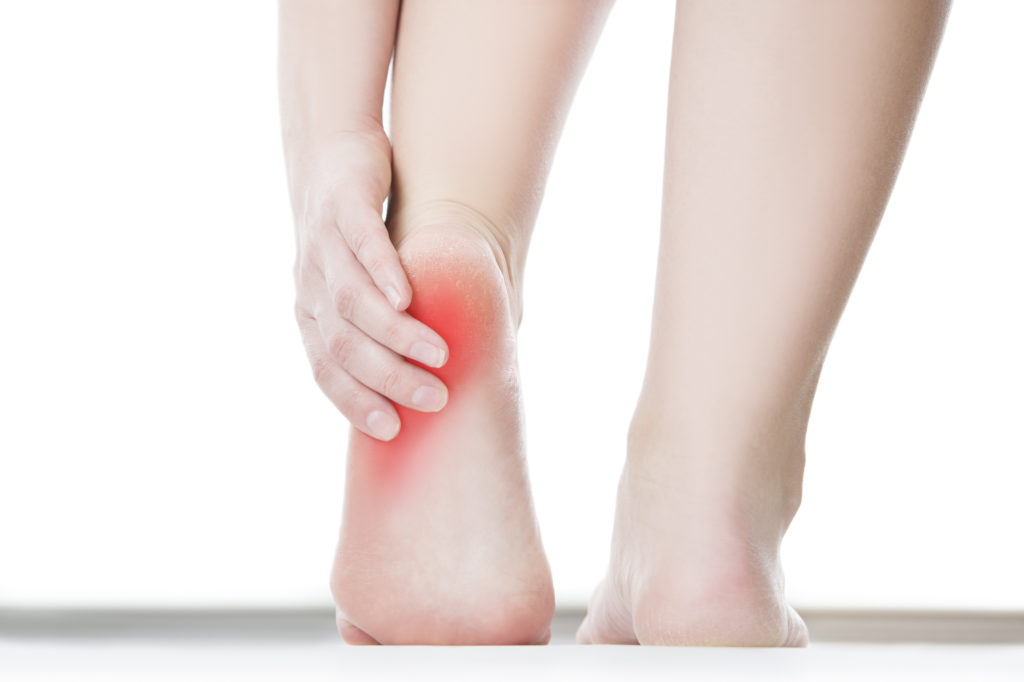
POSSIBLE DIAGNOSIS: Plantar Fasciitis
HELPFUL SUGGESTIONS: Wear a supportive shoe with a little heel. (Shoes such as ballerinas or flip flops are too flat. They allow the foot to roll in and therefore irritate the heel. Seek advice from an MSK podiatrist about orthotics.
SYMPTOM: Central lower back pain, worse when standing in bare feet or wearing a very flat shoe
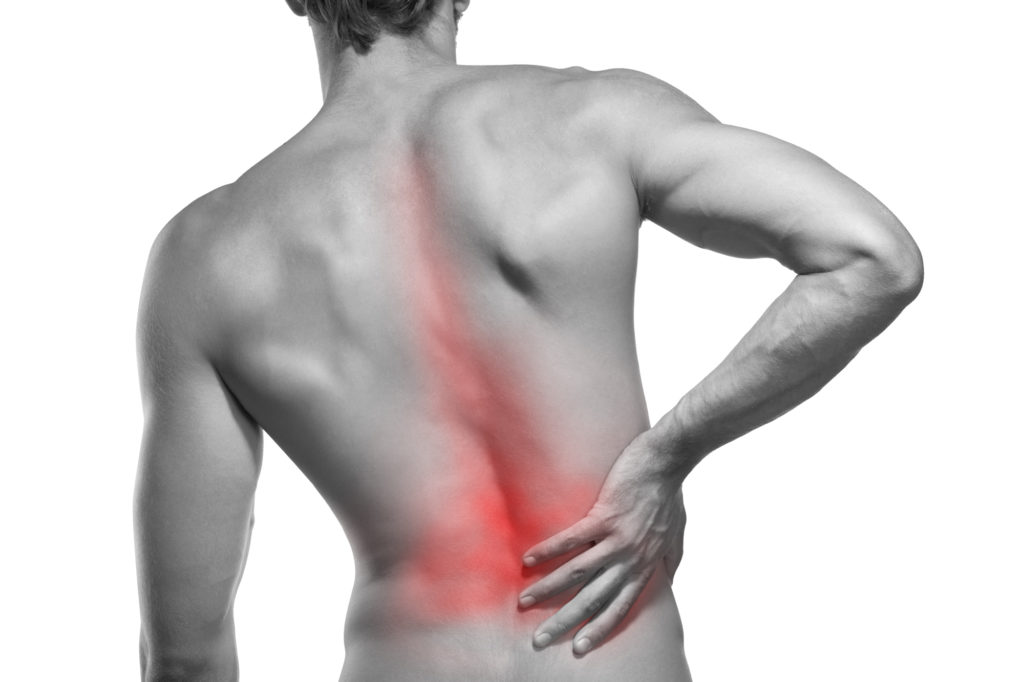
POSSIBLE DIAGNOSIS: Early Heel Lift (May be called Forefoot Equinus or Ankle Equinus)
HELPFUL SUGGESTIONS: This is very common in cabin crew who have worked in their role for many years and have worn high heeled uniform shoes. Wear a wedge shoe or a shoe with a small heel. Seek advice from an MSK podiatrist about orthotics.
This list is not completely inclusive but serves to describe some of the most common issues encountered by cabin crew. Whilst it would always be advised to seek advice from a podiatrist, an understanding of what may be happening and what you may do to help yourself, is always useful.
Since uniform shoes are a crucial part of the cabin crew image, here is some advice with regard to fit, style, etc.
Top tips for footwear
- Wear shoes that fit your feet properly. Remember that leather stretches once it is worn. If you are required to wear a slip-on shoe (such as a ladies court shoe) that does not have any supportive straps or laces, you may find your shoe is a little bit too big once it has been broken-in. If your shoe is too big, the muscles and joints in your feet have to work harder to keep the shoe on, increasing your chance of injury.
- Your feet don’t swell as much as you think they do whilst flying. Many cabin crew make the mistake of choosing shoes that are a bigger size because they assume that at over 10,000’ altitude, their feet will swell a lot. Whilst your feet do swell a bit, there is no requirement to get a shoe a bigger size. Refer to the advice above with regard to fit.
- Always try your shoes on before purchasing them or selecting them from your uniform store. Different brands use different branding systems, so a size 7 in one shoe, may differ from a size 7 in another shoe.
- Select a good quality leather shoe with a natural lining. Shoes tend to be made from of a mix of leather with other synthetic materials. The higher the percentage of leather, the better, since it will allow the shoe to conform to the shape of your foot. Opting for a natural lining will also be less likely to irritate your skin and allow it to breathe.
- Consider the shape of the toe box. Draw around your foot and draw around your shoe. Can you fit the image of your foot inside the image of your shoe? Make sure your shoe has a round toe box (within the limits of your airline’s uniform standards, of course). Toes that are squeezed into a narrow toe box are quick to develop painful corns. Nerve tissue can also be compressed, contributing to the onset of a Morton’s Neuroma.
- Consider heel height. Flat shoes are not always the best answer to a problem. Most people benefit from wearing a little heel. If you are one of those individuals who requires a higher heel for one of the conditions mentioned, don’t go too high and definitely stay away from stilettos.
- Opt for other more supportive styles when not at work e.g. don’t wear flip flops when you are out walking. Wear shoes that are fit for the activity you are engaging in.
Sore feet, knees, back or any other part of your body is not fun and is unsafe. Failure to deal with small problems as they arise can create bigger problems over the long term. Problems may result in take time off from work and being unable to participate in all of the fun activities you normally engage in during your time off.
At Flying Feet UK, we understand feet, and more importantly, we understand your role as cabin crew and your specific needs. We have years of experience within the aviation industry. Director and aviation podiatrist, Margaret Grace, has previously worked in a similar capacity for one of the world’s leading airlines. If you are struggling to deal with a problem yourself or require further advice with regard to any related matter, please contact Margaret on info@flyingfeetuk.com. Skype and WhatsApp conference calls can also be arranged.

























































































































